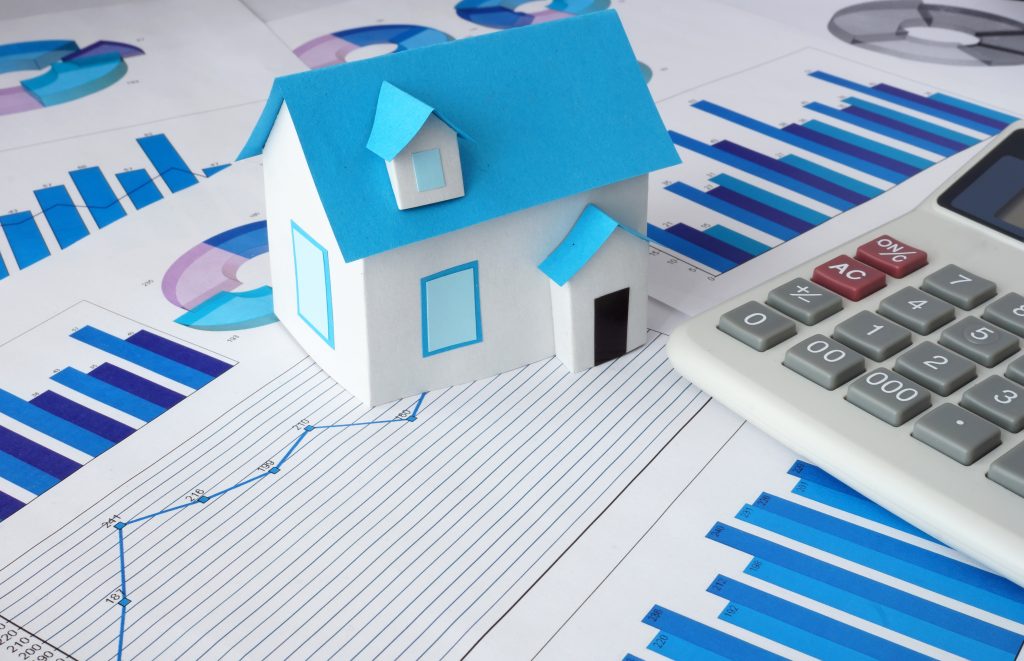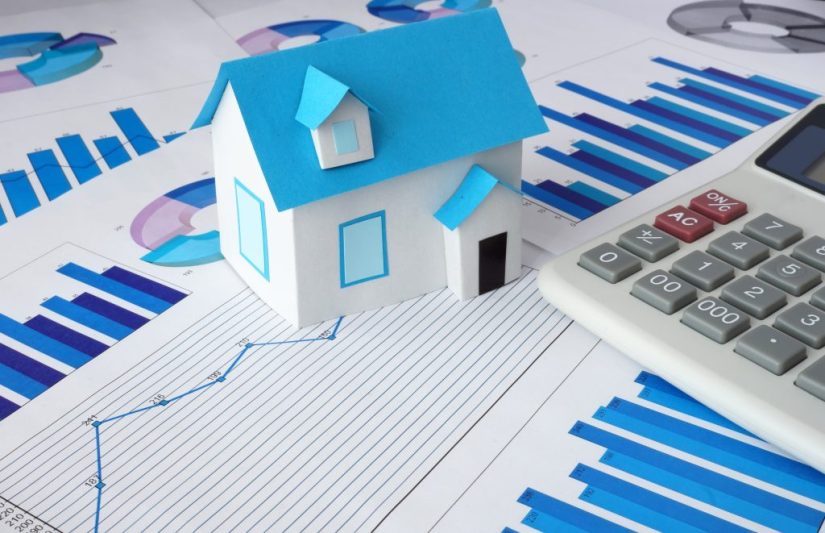
# The Significance of Home Staging: Boosting Value and Speeding Up Sales
In the realm of selling a home, first impressions hold great significance. It is a widespread myth that potential buyers can easily ignore an empty room, old furnishings, or inadequate lighting. In truth, many buyers find it challenging to imagine a property’s potential, especially when faced with an unstaged residence. This struggle to visualize highlights the essential function that home staging serves in the real estate landscape.
## Why Staging is Crucial
Staging a home stands as one of the most impactful approaches a seller can adopt to streamline the sales process. A beautifully staged home leaves a compelling emotional impression, frequently resulting in a faster sale and a greater selling price. In competitive real estate arenas, staging can tip the balance between receiving multiple offers or allowing a property to sit on the market.
Having personally sold and purchased numerous homes, I’ve tested various staging methods. Time and again, I discovered that staged homes garnered significantly more attention and yielded better offers.
## The Psychological Hurdle: Buyers Struggling to Envision
Many believe that prospective buyers have the creativity to recognize a home’s potential. However, research suggests otherwise. A 2021 study by the National Association of Realtors (NAR) indicated that 82% of buyers’ agents agreed that home staging helped clients imagine a property as their future residence. When individuals step into an empty living area or a poorly designed environment, doubts about fitting their furniture or the practicality of the layout can prevent them from appreciating the home.
Buyers are not simply in search of a house; they are hunting for a feeling. They want to enter a home and instantly envision themselves living there. Unstaged homes cluttered with personal items can create distractions that inhibit buyers from forming a connection to the environment.
## Increasing Perceived Value through Staging
The aim of staging goes beyond mere aesthetic appeal. It fundamentally seeks to elevate a property’s perceived worth. The Real Estate Staging Association (RESA) highlighted in a 2023 survey that staged homes fetched an average of 5-10% more than their unstaged equivalents. For example, if you’re aiming to sell a home for $1 million, staging could potentially add an extra $50,000 to your sale, which vastly surpasses the average staging costs of $3,000–$8,000.
The psychological aspect is quite simple: buyers link well-staged homes with better maintenance and superior quality. In contrast, an empty property may raise concerns about layout and necessary renovations, causing potential buyers to hesitate on making solid offers.
## Breakdown of Home Staging Costs
Although the perks of staging are evident, the related expenses often dissuade sellers. Here’s a breakdown of potential staging costs:
### 1. **Budget-Friendly Staging Costs ($500 – $2,000)**
– DIY staging through tidying and rearranging existing furnishings
– Professional consultations for staging guidance
– Renting select furniture items
### 2. **Mid-Range Staging Costs ($2,000 – $10,000)**
– Partial staging for key living spaces
– Short-term rental of essential furnishings and decor
– Professional photography services
### 3. **Premium Staging Costs ($10,000 – $20,000+)**
– Complete staging of all areas, including outdoor spaces
– Rentals of high-end furniture
– Extended rental durations for staged furnishings if the property remains unsold
Smaller residences, such as condos, may incur lower staging costs, while larger homes necessitate more investment. Furthermore, **virtual staging** presents a budget-friendly alternative for vacant properties, employing digital tools to improve listing photographs. However, it’s crucial to understand that while virtual staging enhances online visual appeal, it may not align with actual expectations for buyer viewings.
## Strategies for Reducing Staging Costs
In light of the NAR’s commission price-fixing agreement, sellers can negotiate staging costs more effectively. One viable cost-cutting tactic is to request that your real estate agent cover staging expenses as part of their commission. Some agents may agree, especially if they value your listing. Frequently, agents possess established connections with staging firms and can secure more favorable terms.
## Speeding Up Sales With Staging
Staged properties not only command higher sale prices but also tend to sell more swiftly. The NAR indicates that staged homes typically sell 73% faster than their unstaged counterparts. A home that feels ready for immediate occupancy creates a sense of urgency among buyers, prompting swift offers. This urgency is heightened in today’s digital-first real estate arena, where striking listing photos can greatly influence a potential buyer’s interest.
## Staging in Relation to Market Conditions
Even in a thriving housing market, the relevance of staging remains crucial. Well-staged properties usually attract better offers. Furthermore, when buyers view a home as “ideal,” they are more likely to forgo contingencies or raise their bids due to their emotional commitment to the space.
## Tips for Successful Home Staging
